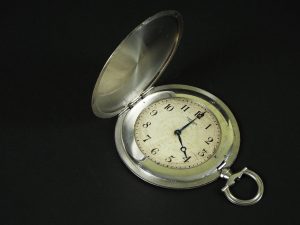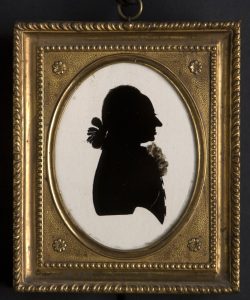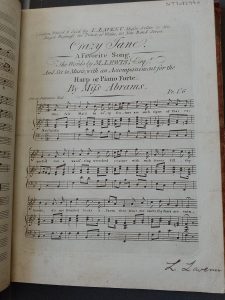Citizen Writes
Research hot topics
Everywhere and Nowhere
2023-01-16
National Trust and University of Leicester launch new film to explore fascinating, previously untold stories of disability from the Trust’s sites and collections
By Dr Sarah Plumb, Senior Research Associate, Research Centre for Museums and Galleries, University of Leicester
The National Trust and the Research Centre for Museums and Galleries (RCMG) at the University of Leicester are delighted to launch Everywhere & Nowhere, a collaboration to share, for the first time, stories of disability from the sites and collections in the care of the National Trust. This is part of a strategic partnership between the National Trust and the University of Leicester, supported by the ESRC Impact Acceleration Account.
Everywhere and Nowhere is a brand new film, released today which looks at ten stories from familiar figures such as Henry VIII, to lesser-known individuals like Irish MP Nicholas Ward. This project draws on RCMG’s 20 years of world-leading research into disability representation, placing expertise, insights and experiences of disability at the heart of how the stories are researched, interpreted and presented. Joint project leads – Profs Suzanne MacLeod and Richard Sandell and I, developed the research in collaboration with project coordinators Dr Jenni Hunt and Isabelle Lawrence and an international steering group of disability experts with lived and professional experience of disability.
The title of the project, Everywhere and Nowhere, highlights that stories of disability are at the same time widespread, but rarely publicly presented. The lives of disabled people have historically often been overlooked, deliberately left out of the main narrative, or presented in ways that reflect and reinforce negative attitudes towards disability. For example, in the film, artist Christopher Samuel presents the story of Sir Jeffrey Hudson by examining a portrait of Sir Jeffrey and Queen Henrietta Maria, which hangs at Petworth House. Sir Jeffrey is widely described as “the Queen’s Dwarf” and previous interpretation of the painting has largely focused on the Queen or sensationalised Sir Jeffrey’s life, presenting him in a stereotypical way. In Everywhere & Nowhere Sir Jeffrey is presented as a person in his own right, with a complex, full and rounded life.
Everywhere and Nowhere demonstrates the rich and varied lives of disabled people through history and presents them in an informative, engaging and highly accessible film. The film, which has been created with filmmakers Belle Vue Productions, with support from deaf-led organisation Remark!, is bilingual, with the co-narrators using spoken English and British Sign Language.
With latest surveys [1] reporting that 14.6 million people in the UK identify as living with a disability, around 22% of the country’s estimated population of 67 million, telling inclusive histories of disability has never been more important.
We are spotlighting ten little known and previously unexplored histories of disability through Everywhere and Nowhere. Behind the film lies a year-long research collaboration – although a complex endeavour, our research to date suggests that connections to disability are indeed everywhere, threaded through our heritage buildings and landscapes, the lives, collections and archival material attached to them. Disabled people from the past can often be presented in reductive or stereotypical ways; in some cases we found taking a fresh look at historical records revealed those same lives filled with opportunity and autonomy, influence and adventure, love and joy.
The ten stories we share in the film represent just a fraction of the many connections to disability across the National Trust that we plan to collaboratively uncover and share in the future. As we expand our research and seek to tell richer and fuller histories that reflect us all, we are committed to exploring how to tell stories linked to disability in ways that are as respectful and ethical as they are engaging and enlightening. The National Trust alongside other cultural institutions, have enormous potential to reframe the ways in which people view disability, opening up new possibilities for culture and heritage to play an active, ethical and impactful role in society.
Join in the conversation at #EverywhereAndNowhere



1. Lord Tredegar Courtenay Morgan’s watch ©National Trust Tredegar House, Newport Museum and Art Gallery
2. Nicholas Ward, 2nd Viscount Bangor (1750-1827) by Charles Rosenberg (Germany 1745 – 1844). © National Trust / Peter Muhly
3. Crazy Jane! A favorite ballad (1800) Set to music, with an accompaniment for the harp, or piano forte, the words by M.G. Lewis Esqr., music by Harriett Abrams. Part of the Lady Lydia Acland Collection at Killerton House
Reference
[1] Family Resources Survey 2020-2021: https://www.gov.uk/government/statistics/family-resources-survey-financial-year-2020-to-2021
Funder credit
A partnership between the National Trust and the University of Leicester. Supported by the Economic and Social Research Council Impact Acceleration Account; the University of Leicester’s Wellcome Trust Institutional Strategic Support Fund, facilitated by Attenborough Arts Centre.